|
When your home is on wheels — and it’s everything you own in the world — you can’t leave it just anywhere to travel via airplane, train, or ship like you can if you live in a sticks-and-bricks house. Instead, you have to put a lot of thought into planning to identify where you’ll be when you want to start your travel, what airport you’ll be flying out of, and things like that.
Living the lifestyle we do, we don’t like to plan very far in advance. We’ve learned that plans change and things break. It’s nice to have flexibility to adjust accordingly. But, when it comes to long-distance travel outside our rig, we can’t afford not to make far-out plans. It’s a necessity for peace of mind that our home and truck will be OK while we’re away. So, where do we park for these getaways? It depends. RV/Mobile Home Parks When we’re stationary during the winter months, we stay in a gated, 55-plus mobile home/RV park. We know our neighbors and the maintenance man, so we feel quite comfortable leaving our rig and truck there. The fact that the community is gated adds to our peace of mind. We left both Gulliver and Tagalong there while we ventured to Las Vegas and again when we went on a cruise out of Long Beach, California. Moochdocking When we’re not stationary, we reach out to friends or family in the area from which we want to depart. If they have room for our rig and are willing to have it sit on their property while we’re gone, it’s a win. Bob’s brother Bill let us park on his property in Massachusetts in 2020 while we went on tour with the B-25 as part of the Commemorative Air Force. Our good friend Darryl drove us to the airport, so we left Gulliver at Bill’s too. In 2021, we left Gulliver and Tagalong at a fellow CAF member’s home in Iowa. Like Darryl, Gene drove us to the airport. Our friends Greg and Sharon, also from the CAF, let us leave our rig in the driveway of their central Florida home while we went on a cruise out of Tampa. Because their place is a couple of hours’ drive from Tampa, we drove Gulliver and left him in long-term parking there, researching the lot first for peace of mind. Pay Storage Other options we’ve looked into but haven’t used yet are RV storage lots. This is a practical choice if we ever depart from an area where we don’t know people. Having paid for RV storage when we first purchased our rig before moving into it, we know the storage fee should include some level of security that our rig will be protected while we’re away. Depending on the storage company, we may have to pay for a month of rent. Many don’t offer weekly storage options. But the extra cost of that full-month fee may be worth it to set our minds at ease that our home is in good hands.
2 Comments
When we think of Florida, we think about beaches, Disney World, the Everglades, alligators, orange juice, and hurricanes. We don’t think about murals — at least we didn’t until we made a stop in Lake Placid, Florida, near Sebring in the central part of the state. Philadelphia may be the “Mural Capital of the World,” but Lake Placid is known as the “Town of Murals.” In 1992, residents were looking for a way to liven up the small town (population 2,223 as of 2010) after an economic downturn. A couple suggested murals could draw visitors. The town liked the idea, and the couple founded the Lake Placid Mural Society with the goal of beautifying the town and telling its story. Today, nearly 50 murals cover building walls in the downtown area, bringing history to life in picturesque detail. To ensure the murals capture the story of Lake Placid, the mural society only allowed depictions of things that are native to the area, including plants, birds, animals, and people. Perhaps more interesting, most of the murals include hidden objects. The artists purposely added mystery and intrigue into their lifesize drawings. A book is available at the city’s Chamber of Commerce for $4 that tells the story of each mural and provides instructions on what hidden items to look for. We enjoyed touring the town and searching the images for the hidden treasures. Known by Many Names Murals aren’t the only things attracting people to the town of Lake Placid. It’s also known as the “Caladium Capital of the World” and the home of Toby’s Clown School. Altogether, these three nicknames earned the town the moniker of “America’s Most Interesting Town” by Readers Digest magazine in 2013. Lake Placid grows 95% of the world’s caladiums and has an annual caladium festival. If you’re unfamiliar with caladiums, like I was, they have heart-shaped leaves and are also referred to as elephant ear and angel wings. More than one of the town’s murals depict the plants. The clown school still churns out graduates, to the tune of more than 1,500 since 1993. Wannabe clowns take 25 hours of classes to become certified entertainers. Aircraft Connection Although interesting, the murals, caladiums, and clown school aren’t what drew us to Lake Placid. We went there to visit friends. Greg and Sharon are some of the kindest, most generous people we’ve ever met. They even let us moochdock on their lakefront property, which gave us an inviting taste of paradise. We know Greg and Sharon through the Commemorative Air Force, so it only seemed fitting that the four of us visit the state’s annual weeklong fly-in and airshow, Sun ‘n Fun, in Lakeland. We arrived at the show on the last day and were a bit disappointed to have paid full price only to find aircraft leaving early to return to their home bases. Despite that, we saw all kinds of planes, including a PBY Catalina “flying boat,” an A-26 Invader, a B-1 supersonic bomber, the second of only two airworthy B-29 Superfortresses (“Doc”), a number of Stearman bi-planes, and some fighter jets. We got to tour a still-active KC-135 Stratotanker and even talked to the boom operator who has to align the boom with another plane in flight to fuel it. Wanting to get our money’s worth, we stuck around for the airshow in the afternoon, and it did not disappoint. From skydivers who flew in formation to proudly display the American flag to an F-18 Rhino and A-10 warthog performing maneuvers, we watched in amazement as announcers explained the planes’ actions and pilots pushed the machines’ limits. We definitely got our money’s worth.
Another tornado warning sounded from our phones, alerting us to take cover in a basement. But in the Gulf city of Waveland, Mississippi (elevation 16 feet), there are no basements to be found. Many buildings are built on stilts to protect them and their inhabitants from flooding. Although we were camped next door to a brick bath house at a state park, we loaded into the truck and headed to a different building, one on stilts. It went against my better judgment to ascend stairs when the National Weather Service encouraged people to descend to the lowest area they could find, but fellow campers followed suit. The truth about safety in numbers rang true. Bob and I could be together in the laundry room to ride out the storm instead of separated in his and her restrooms. And we were in the company of other campers in the same boat. We stood outside on the balcony, enjoying the cool breeze. When the wind picked up, I took it as my cue to move indoors. Bob stayed outside until the storm grew in intensity and he started getting wet. The electricity in the warm, humid laundry room blinked off but came right back on. After about 20 minutes, the tornado warning expired. The fierce thunderstorm responsible for it continued to make its presence known with bright flashes of lightning, loud booms of thunder, and a deluge of rain. Thankfully, we had already closed our slideouts before taking shelter. We headed back to our trailer, completely intact, to sleep for the night, thankful once again for our safety. An Eerie Night The rest of our time in Mississippi was uneventful, other than an afternoon to the beach to bask in the sun. After relocating to north-central Florida, we started looking for things to do in the area. It turns out the University of Florida in Gainesville has bat houses, and every warm evening, the nearly 500,000 bats emerge from the houses to forage for the night. Unsure we wanted to make the 40-minute, one-way drive to see this event, we read reviews from others who had experienced the phenomenon. The reviews convinced us the drive would be well worth the trip. We arrived at the University of Florida to find three houses on stilts, each with a bat insignia on the side and an overpowering stench of guano to let us know we were at the right place. The bats fly up under the houses and nest there during the day upon return from an adventurous night of hunting. While waiting to see them emerge, we watched in wonder as a fence rail moved in front of us, alive with moth caterpillars and spiders. Bob joined some caterpillars on a bench. I stood, not wanting to share space with the creatures and too excited to relax. More people arrived, eager for their chance to see the bats. The sun set, and we waited another 10 to 15 minutes. Then it happened. One bat left one of the houses. And then another. And another — until a tornado of bats spun from one house and flew over the tree above our heads, the guano scent stronger as they approached. The bats joined their comrades and, together, they made a trail in the sky. When one house emptied, bats started emerging from the next one, and so on — truly a sight to behold (pictures don't do it justice). Glad we had made the trek, we headed back to our trailer on a Boondockers Welcome farm. Tall oak trees dangling Spanish moss shrouded the dirt road to the farm, more eerie at night than during the day. After a moving fence rail and the bat barrage, it made for a creepy evening. But we made it home just fine. Attack of the Ticks
Because we were boondocking at a farm, we didn’t have electric hookups. That meant no air conditioning. Three days of rain made for some muggy, sticky conditions inside the trailer and out. Wanting some relief, we decided to go out to dinner to take advantage of the A/C in the truck and the restaurant. What a difference that made! Upon our return, I got ready to shower to wash off the stickiness from the humidity in the hope I’d sleep better. As I looked down, I found what appeared to be a scab on my upper left thigh, where my leg bends. I didn’t remember injuring myself, and I could get my fingers around the “scab.” Grabbing a flashlight, I had Bob examine my leg. He pronounced the “scab” a tick. I had taken a walk through the woods earlier in the day and must have picked it up then. Fortunately, we’ve carried a tick remover* tool with us since we started traveling. It made relatively easy work of removing the tick. Before long, Bob found and removed two more ticks — one on my back and one on the back of my knee. Although we still had another day and a half in the area, I stayed away from the woods. Frog Chorus Absent of cows, chickens, or crops, this farm didn’t have the familiar E-I-E-I-O sounds. The owner told a fellow camper he grows campers in the winter and weeds in the summer. Regardless, the farm came to life after sunset. Camped near a pond, we learned just how loud frogs can be — and they don’t all ribbit. The American bullfrog blared its raucous, low-pitched, bellowing call. The Southern chorus frog emitted a rapid clicking sound. The Southern leopard frog added to the symphony with a laughing noise and a chitter. And the Northern cricket frog joined the chorus with a chirping cricket sound. This “song of the South” played us to sleep every night, reminding us how blessed we are. You might also enjoy Expanding Our Cultural Horizons. * As Amazon Associates, we earn from qualifying purchases. We stay at a lot of different places as we travel the country, from the property of friends and family to rest areas and Walmart parking lots to forest and Bureau of Land Management (BLM) land to established campgrounds. Not all campgrounds are created equal. They can range from primitive, dirt parking spots with no hookups to wide concrete pads with full hookups — water, electricity, and sewer. One of our favorite types of campgrounds to stay at are state parks, but they can leave much to be desired too. What is a state campground? A state campground is an amenity offered by many state parks, which are areas set aside or preserved for their history, natural beauty, or recreation. Unlike federal parks, which fall under the administration of the federal government, state parks are controlled by the local state government. More than 8,500 state parks with more than 200,000 campsites span the country, according to America’s State Parks. Although most state parks came into existence in the 1930s, some in New York and Pennsylvania date back to the 1880s. In 1933, as part of his New Deal, President Franklin D. Roosevelt established the Civilian Conservation Corps to put unemployed 18- to 25-year-old single men to work to improve America’s public lands. Their work included planting billions of trees, constructing trails and shelters, and establishing more than 800 state parks. Let’s look at four pros and two cons of state campgrounds, starting with the cons. Con 1: Not Built for Big Rigs Nearly 100 years ago, when most state parks were built, the big-rig RVs people drive and live in today didn’t exist. With a few exceptions, the travel trailers of yesteryear were less than 20 feet long and not much taller than the vehicles pulling them. Today, trailers and motorhomes come in all shapes and sizes. The largest stretch 45 feet long, reach 13 feet, 6 inches tall, and span 8 feet, 6 inches across. Because state parks were built with smaller rigs in mind, they have narrow roads with tight turns that can be difficult for big rigs to maneuver. In fact, it was at a state park in Michigan that Gulliver needed a tow because we got stuck while trying to park our rig. In addition, parking pads tend to be short and narrow. We encountered some parks where the max RV length allowed was 40 feet. Our rig stretches nearly 42 feet. If you can find a campground with a long enough parking pad — and they do exist — truck or toad vehicle parking can be a challenge. Con 2: Trees in Need of Trimming Because of state parks’ ecological nature, and because they weren’t created for today’s supersized rigs, campgrounds in wooded areas tend to have low-hanging trees. With all the people camping these days, rangers don’t seem to prioritize trimming trees to make it easier for rigs to get in and out of campsites. They have many other things to tend to. The roof of our 13-foot, 3-inch tall fifth wheel is a rubber membrane. If it comes in contact with prickly branches, they can poke holes in it. And that’s happened more than once. Many times, we have to crawl up on top of the roof and trim trees to prevent damage during wind or storms. Pro 1: Economical Price Despite those drawbacks, the economic value is what draws us to most state campgrounds. They usually average between $20 and $30 per night, depending on the area and amenities. Compared to an RV resort that can charge more than $50 a night, state campgrounds win for us, hands down. We’re very careful to research the campground and look at its satellite view on Google Maps to choose spots that can best accommodate our rig. Pro 2: Hookups and Bath Houses Most, but not all, state campgrounds offer at least water and electricity hookups. If they don’t offer sewer hookups as well, they contain a dump station so RVers can empty their black and gray tanks before departing. In addition, most state campgrounds feature bath houses with flushable toilets, sinks with running water, and showers. These are a boon for tenters and for RVers with limited tank capacity. You may even find laundry facilities at a state campground. Pro 3: Trails and Activities Because state campgrounds are part of state parks, they typically include trails for visitors to explore nature. Campers can get out and enjoy room to roam. We often hop on our little electric bikes to explore state campgrounds. Most provide a playground for kids. Some have access or at least close proximity to lakes, rivers, or the ocean. Some even offer organized activities, such as lectures about wildlife in the area. We stayed at a state campground in central Texas that contained bird blinds with seating for visitors to watch birds through plexiglass. The other side of the plexiglass comprised natural foliage, water features, and platforms where rangers would lay out seed to invite the birds to linger. One of the best things about state parks is that they include plaques and information about the history of the area. At a state park near Dallas, we learned about and explored buildings and old machinery left over from an 1800s farm. Another state park informed us about turkey roosts.
Pro 4: Online Booking We’ve encountered numerous campgrounds that don’t have an online presence. To book a reservation, you have to call. We did that to stay at a beach campground near Corpus Christi,Texas. But, more often than not, no online booking option is a no-stay for us. State campgrounds have interconnected online booking availability through reserveamerica.com. That means with one username and password, we can book reservations at state campgrounds across the country. That convenience makes it easy for us to book at our leisure, even if it’s after traditional open hours. Although state campgrounds aren’t ideal for today’s big rigs, the pluses they offer keep us going back. We just have to be particular and intentional about the campgrounds and campsites we choose. |
AuthorThis is the travel blog of full-time RVers Bob and Lana Gates and our truck, Gulliver, and fifth wheel, Tagalong. Categories
All
Archives
July 2024
|
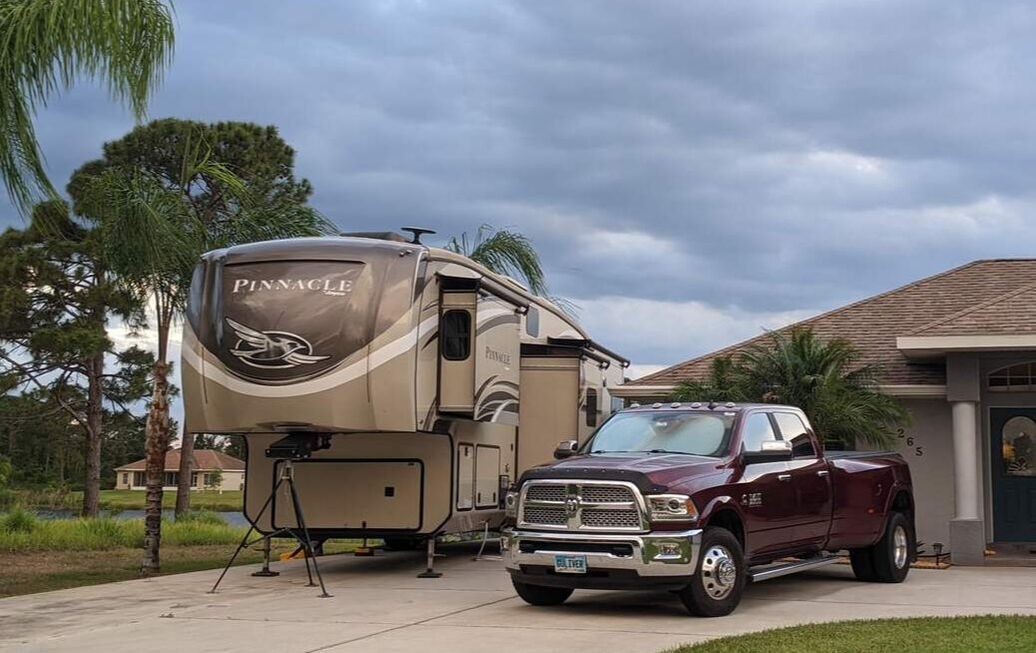
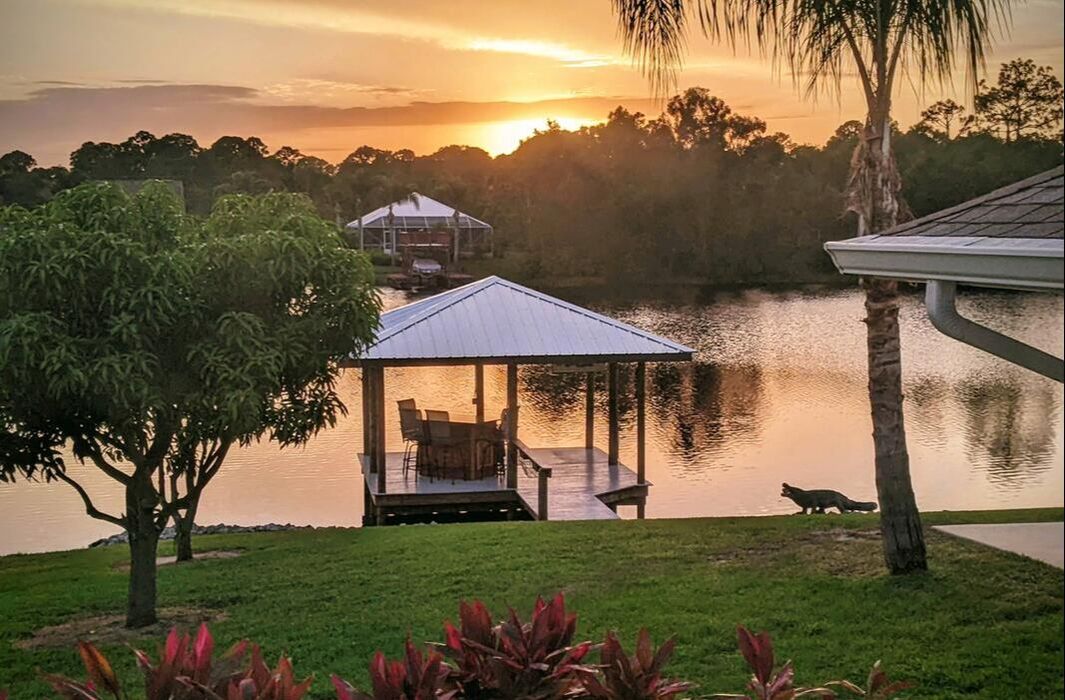


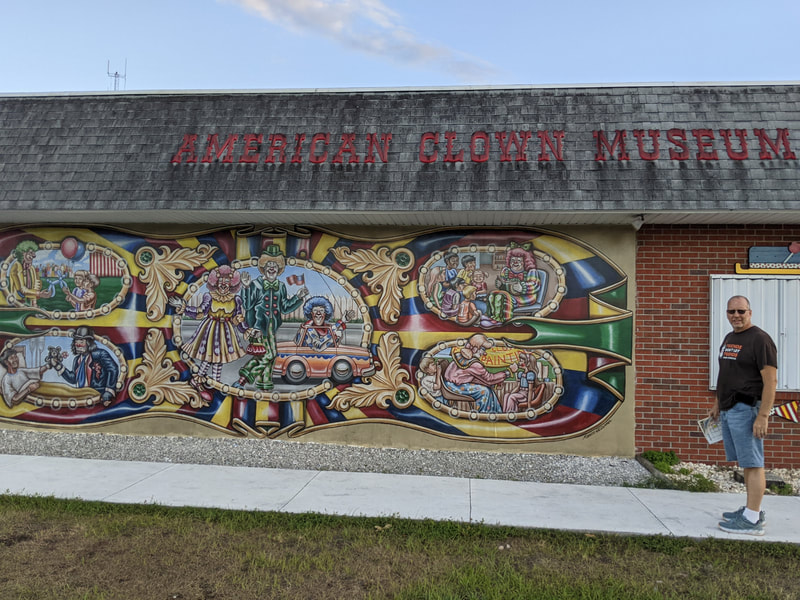
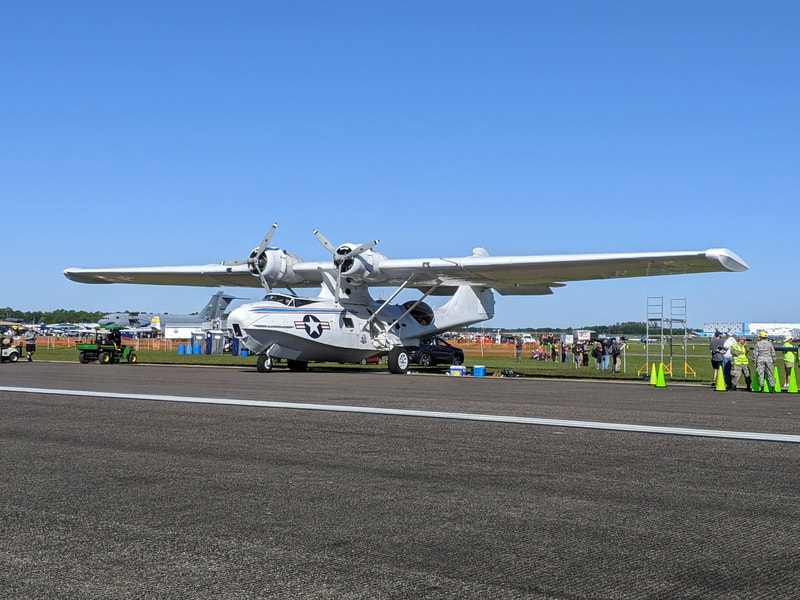

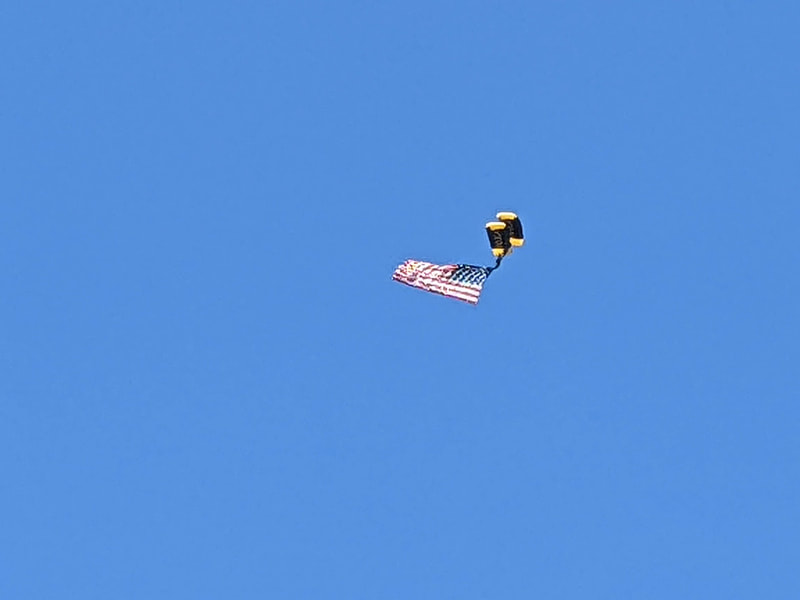
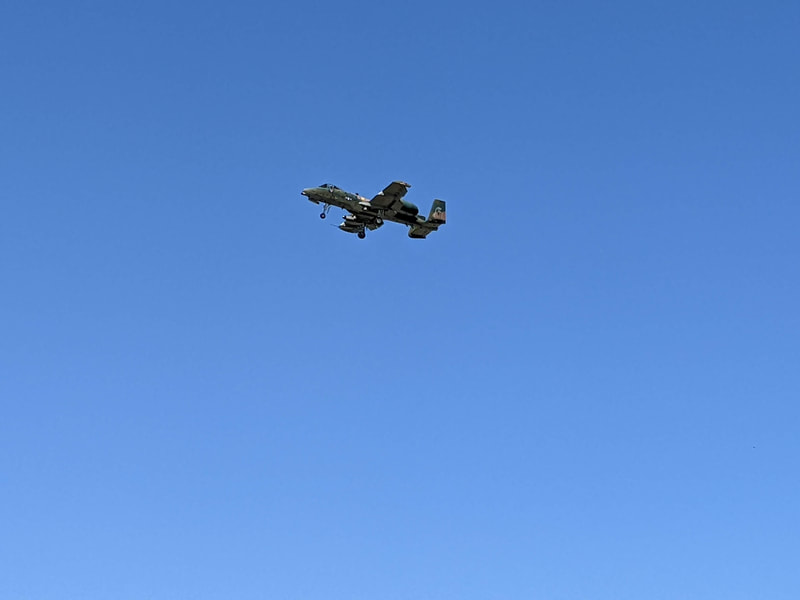
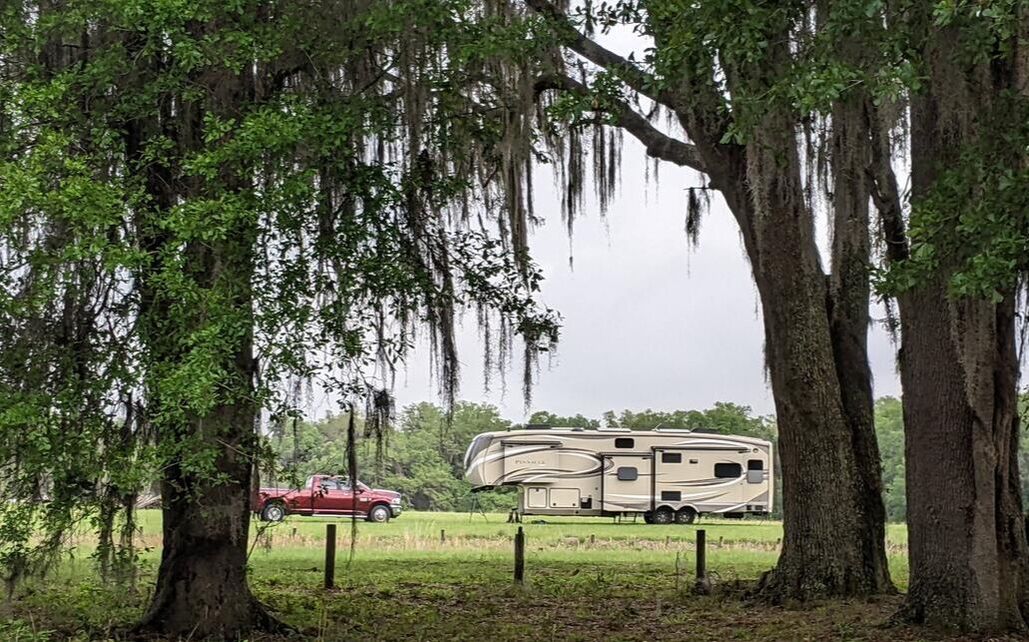
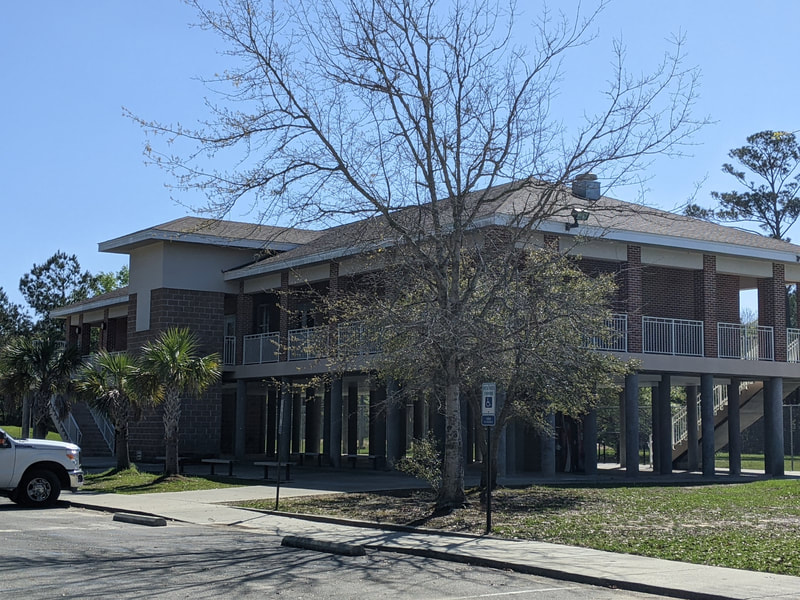
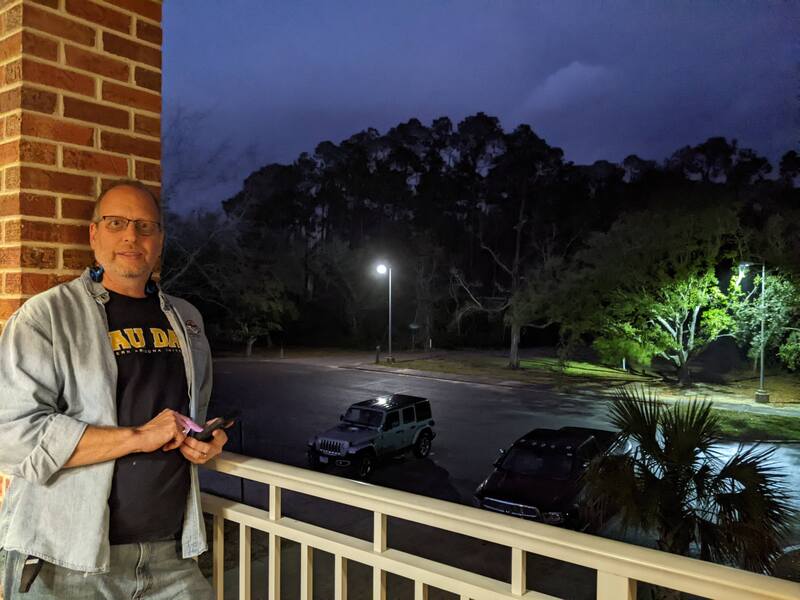
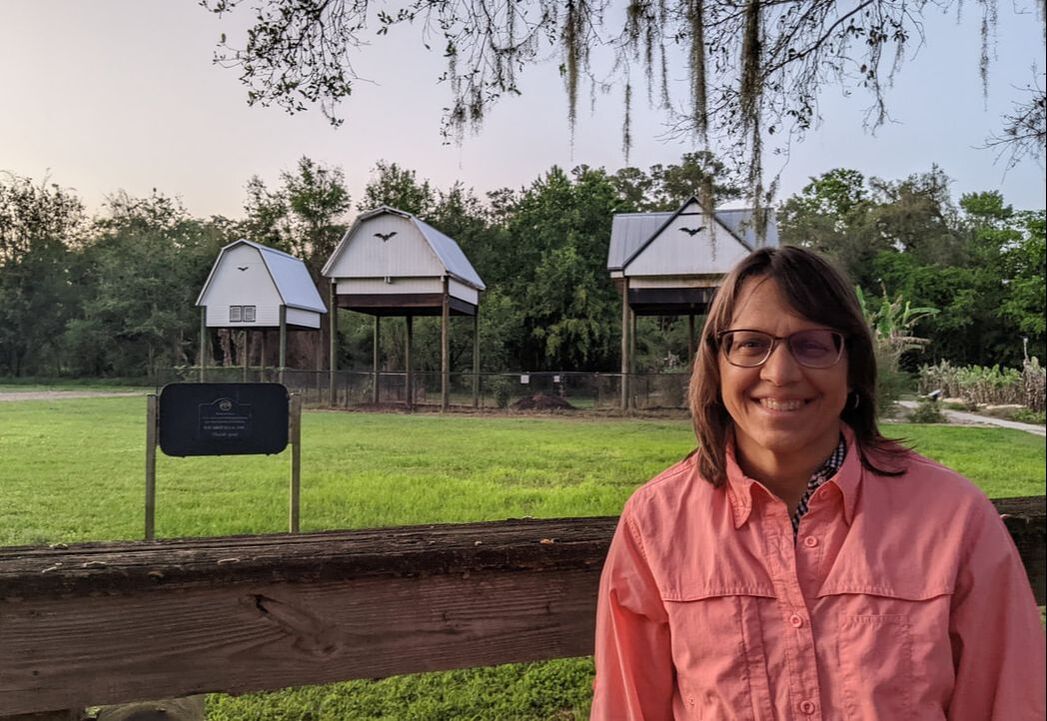
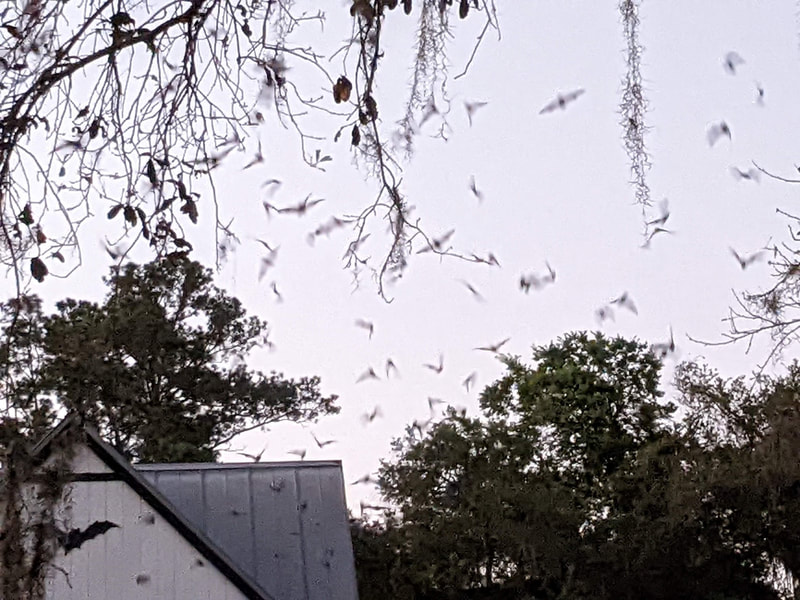
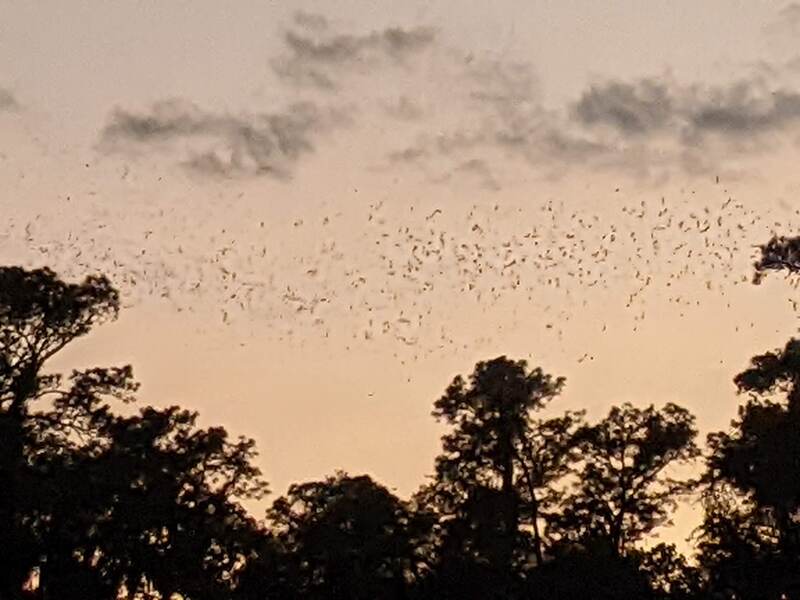
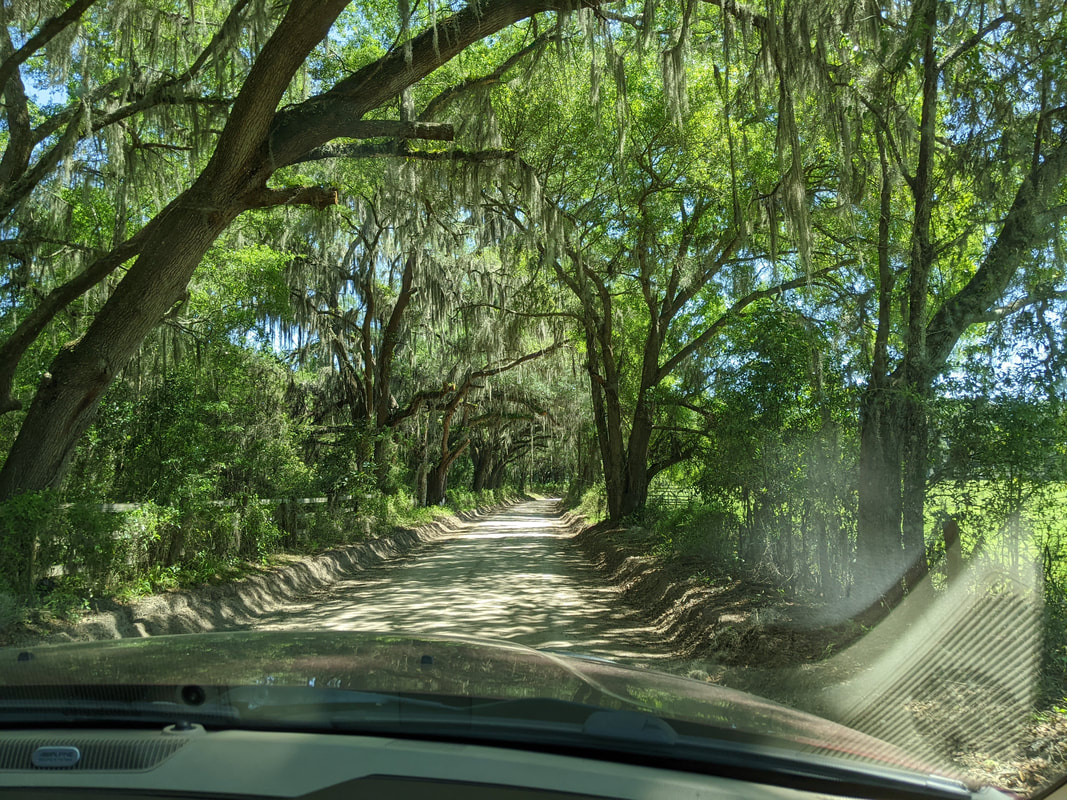
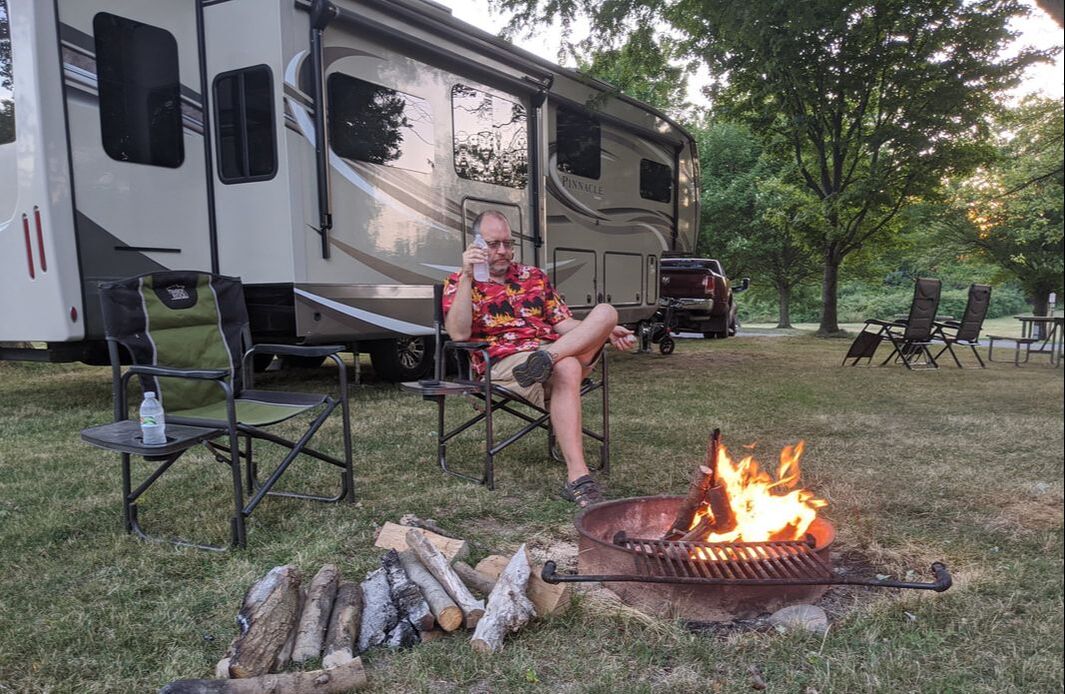
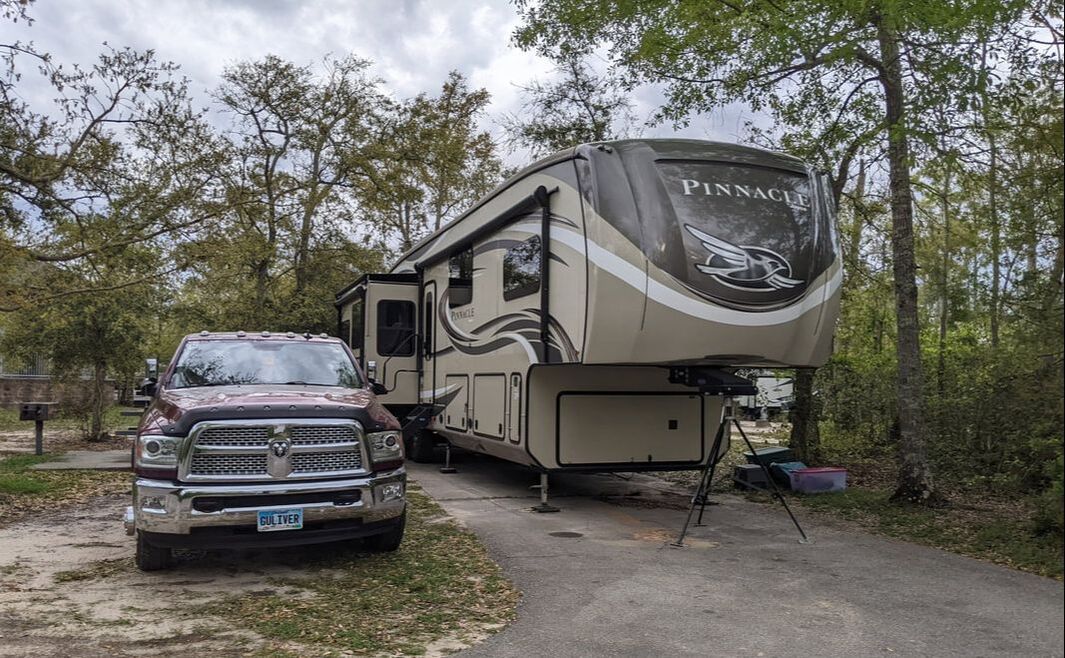
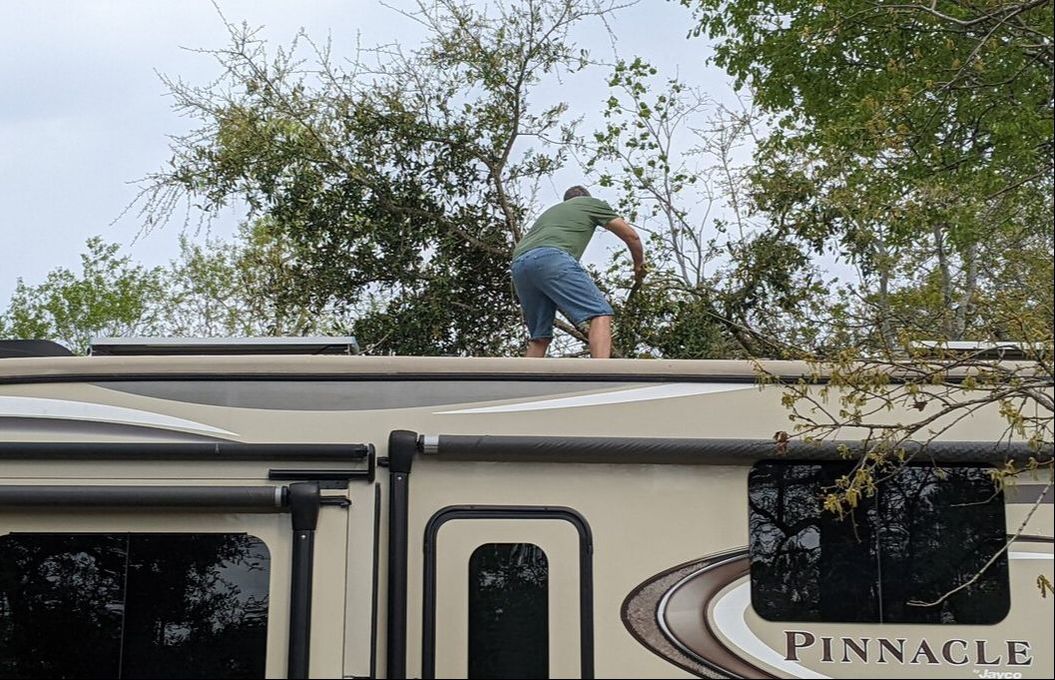
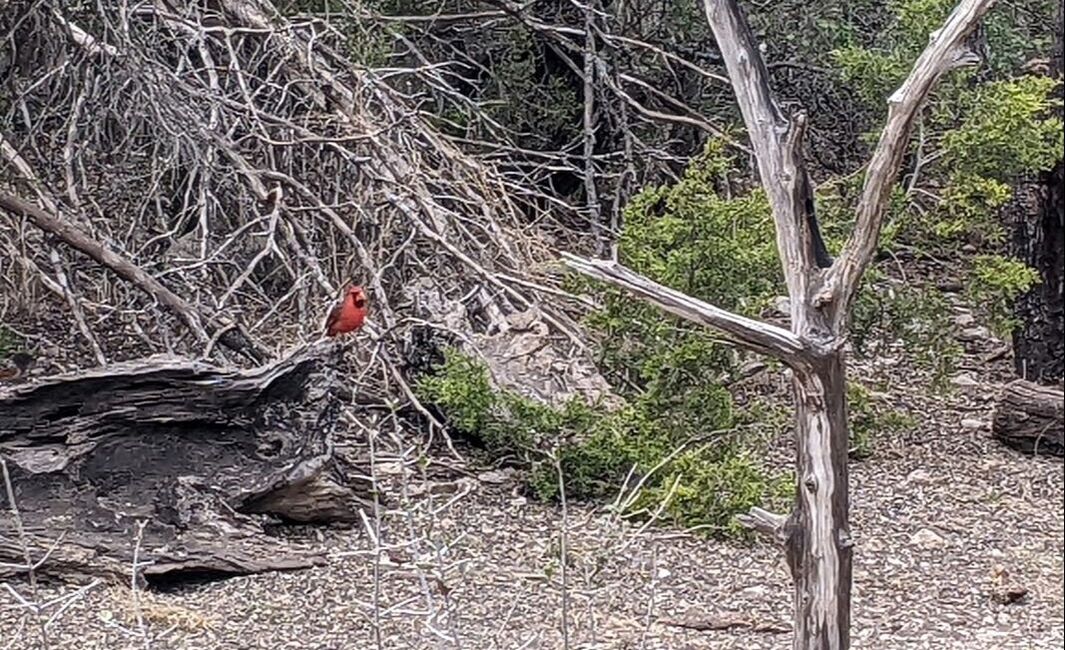
 RSS Feed
RSS Feed